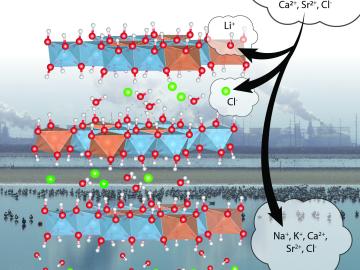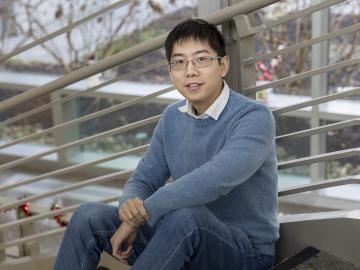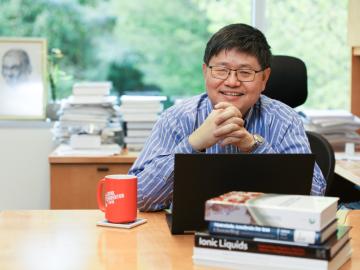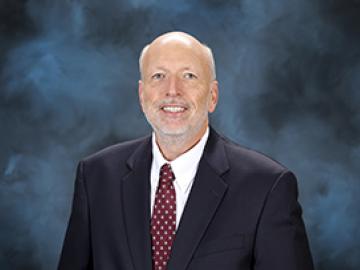
Filter News
Area of Research
- (-) Materials (178)
- Advanced Manufacturing (7)
- Biological Systems (3)
- Biology and Environment (77)
- Building Technologies (3)
- Clean Energy (180)
- Climate and Environmental Systems (4)
- Computational Biology (1)
- Computational Engineering (1)
- Computer Science (4)
- Electricity and Smart Grid (1)
- Energy Frontier Research Centers (1)
- Energy Sciences (2)
- Fossil Energy (1)
- Fuel Cycle Science and Technology (2)
- Fusion and Fission (24)
- Fusion Energy (9)
- Isotope Development and Production (1)
- Isotopes (19)
- Materials Characterization (2)
- Materials for Computing (5)
- Materials Under Extremes (1)
- National Security (40)
- Neutron Science (85)
- Nuclear Science and Technology (38)
- Nuclear Systems Modeling, Simulation and Validation (3)
- Quantum information Science (3)
- Sensors and Controls (2)
- Supercomputing (134)
News Topics
- 3-D Printing/Advanced Manufacturing (10)
- Advanced Reactors (2)
- Artificial Intelligence (2)
- Big Data (2)
- Bioenergy (5)
- Biomedical (5)
- Buildings (3)
- Chemical Sciences (18)
- Climate Change (4)
- Composites (4)
- Computer Science (10)
- Coronavirus (2)
- Critical Materials (6)
- Cybersecurity (1)
- Decarbonization (4)
- Energy Storage (14)
- Environment (6)
- Exascale Computing (1)
- Fusion (3)
- Grid (3)
- Irradiation (1)
- Isotopes (9)
- Machine Learning (3)
- Materials (41)
- Materials Science (44)
- Mathematics (1)
- Microscopy (12)
- Molten Salt (2)
- Nanotechnology (21)
- National Security (1)
- Net Zero (1)
- Neutron Science (21)
- Nuclear Energy (9)
- Partnerships (6)
- Physics (21)
- Polymers (11)
- Quantum Computing (2)
- Quantum Science (5)
- Renewable Energy (1)
- Security (1)
- Space Exploration (1)
- Summit (2)
- Sustainable Energy (6)
- Transformational Challenge Reactor (2)
- Transportation (6)
Media Contacts

Rigoberto “Gobet” Advincula has been named Governor’s Chair of Advanced and Nanostructured Materials at Oak Ridge National Laboratory and the University of Tennessee.

Liam Collins was drawn to study physics to understand “hidden things” and honed his expertise in microscopy so that he could bring them to light.

In the quest for domestic sources of lithium to meet growing demand for battery production, scientists at ORNL are advancing a sorbent that can be used to more efficiently recover the material from brine wastes at geothermal power plants.

Scientists at have experimentally demonstrated a novel cryogenic, or low temperature, memory cell circuit design based on coupled arrays of Josephson junctions, a technology that may be faster and more energy efficient than existing memory devices.

Eugene P. Wigner Fellow Victor Fung’s story is proof that a series of positive experiences around science and happy accidents can lead to a rewarding research career. He joined ORNL in 2019.

Researchers at ORNL have developed a quantum chemistry simulation benchmark to evaluate the performance of quantum devices and guide the development of applications for future quantum computers.

A team of scientists has for the first time measured the elusive weak interaction between protons and neutrons in the nucleus of an atom. They had chosen the simplest nucleus consisting of one neutron and one proton for the study.

Scientists at the Department of Energy’s Oak Ridge National Laboratory have created a recipe for a renewable 3D printing feedstock that could spur a profitable new use for an intractable biorefinery byproduct: lignin.




